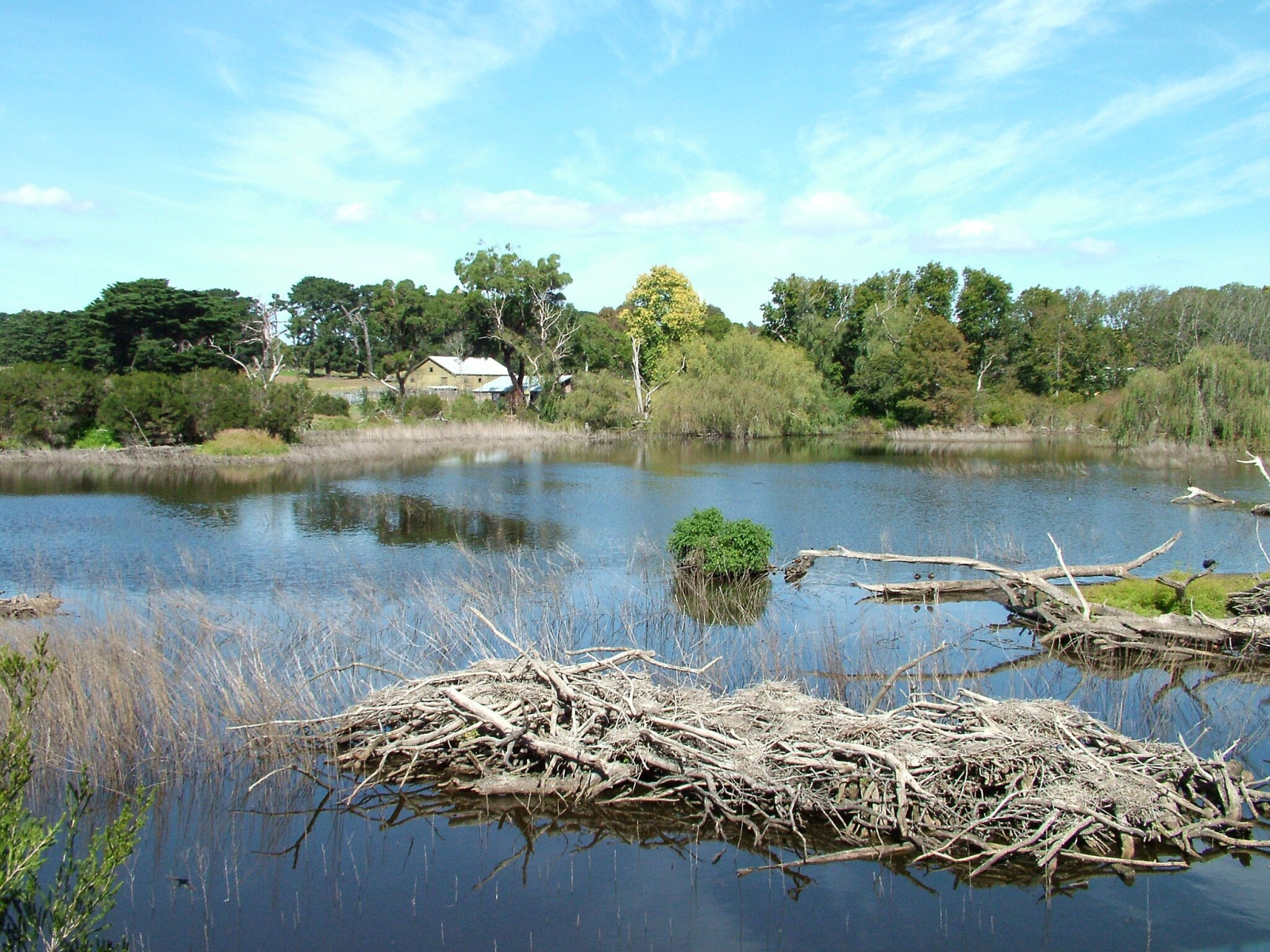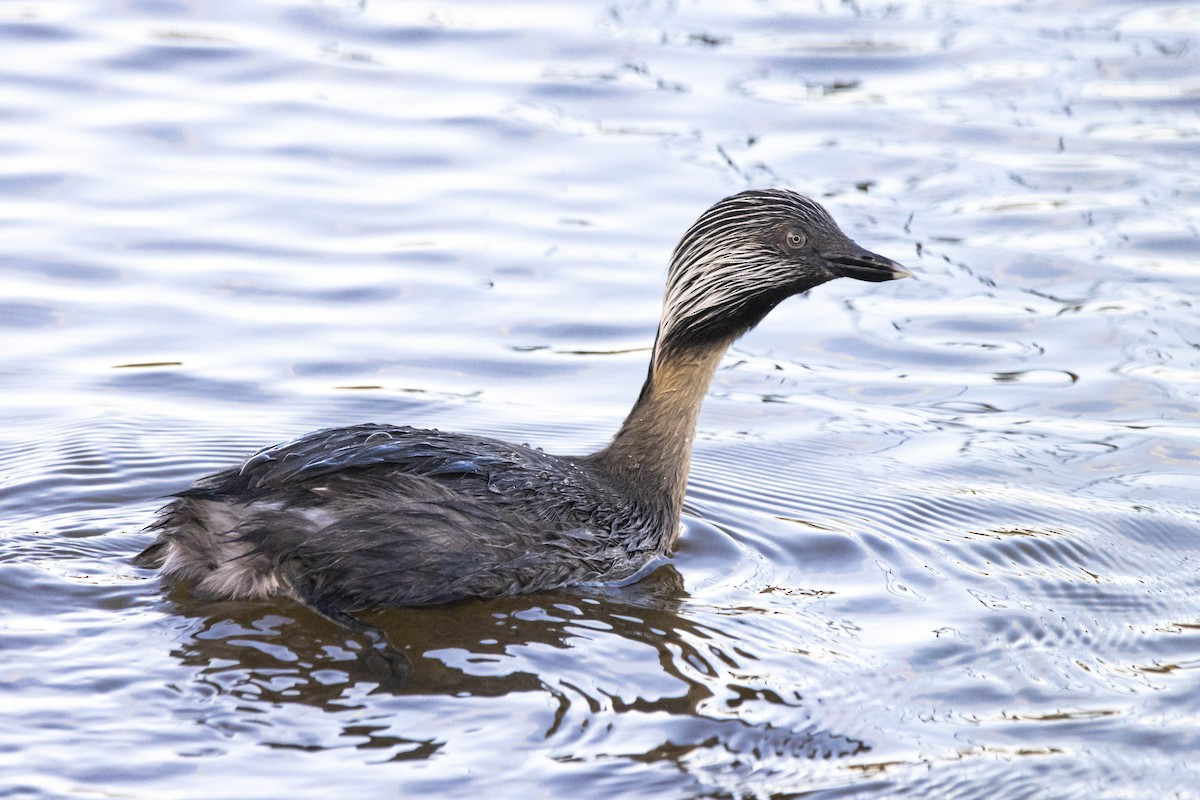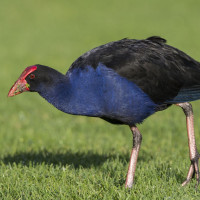Opis
The Coolart Wetlands is an 87.5 ha estate on the Western Port coast of the Mornington Peninsula of Victoria, about 80 km south-east of Melbourne. It comprises a late 19th-century mansion-like homestead and surrounding grounds west of the village of Somers. Coolart is the remnant of one of the oldest grazing properties on the Mornington Peninsula. The adjacent wetlands and coastal woodlands with walking tracks are great for birdwatching. The 5 km loop itself features lots of shade and is relatively flat, with several bird hides along the way.
Over 125 species of birds visit Coolart or are resident, from Australasian Swamphen, Australian White Ibis, Hoary-headed Grebe and cormorants, to many species of ducks including Chestnut Teal, Australian Shoveler and Blue-billed Duck. Among the other birds you can observe are Red-capped Plover, Wedge-tailed Eagle, Striated Pardalote, Black Swan, Great Egret, Horsfield's Bronze-Cuckoo, Swamp Harrier, Australian White Ibis and Straw-necked Ibis.
Szczegóły
Dostęp
Coolart Wetlands is 80 km south-east of Melbourne on the Mornington Peninsula, located on Lord Somers Road near Somers. To reach Coolart via the Peninsula Link, follow EastLink (M3) to Peninsula Link (M11), take the Balnarring exit (C784). Follow signs from Balnarring to Somers. To reach Coolart via Westernport Highway, follow the Monash Freeway (M1) to the South Gippsland exit, then continue along the Westernport Highway (A780) to Hastings. Follow signs from Hastings to Flinders/Somers. To reach Coolart by public transport, take the Frankston line to Frankston Railway Station, then Bus Route 782 or 783.
The park is open daily from 9am to 5pm. Coolart has many well-planned walking routes for birding. They are clearly sign-posted and most are easy walks that will take from as little as thirty minutes to a couple of hours.
Teren i siedlisko
Las , Tereny podmokłe , Rzadkie drzewa i krzewy , Łąka , Rzeka , Plaża , Błota , TrzcinowiskaWarunki
PłaskiTrasa dookoła
TakCzy luneta będzie przydatna ?
NieUdany sezon obserwacyjny
Przez cały rokNajlepszy czas na wizytę
Wiosenne migracje , Jesienne migracjeTrasa
Szeroka ścieżka , Wąski szlakPoziom trudności szlaku pieszego
ŁatwyDostępne
PieszoCzatownia/platforma obserwacyjna
TakLinki
- https://coolart.org.au
- Ebird Hotspot
- Photo Coolart wetland by Joe “velojo” A, CC BY-SA 3.0, via Wikimedia Commons



